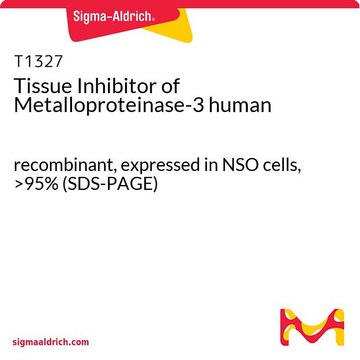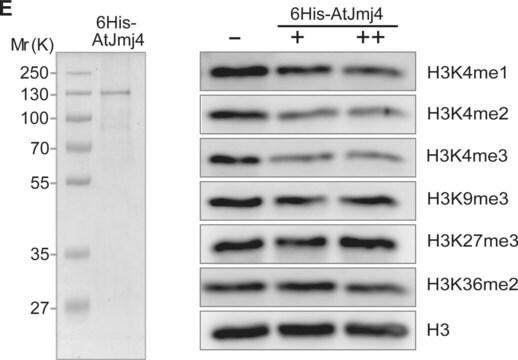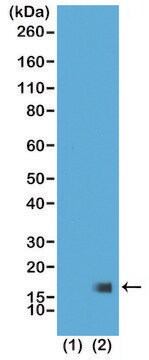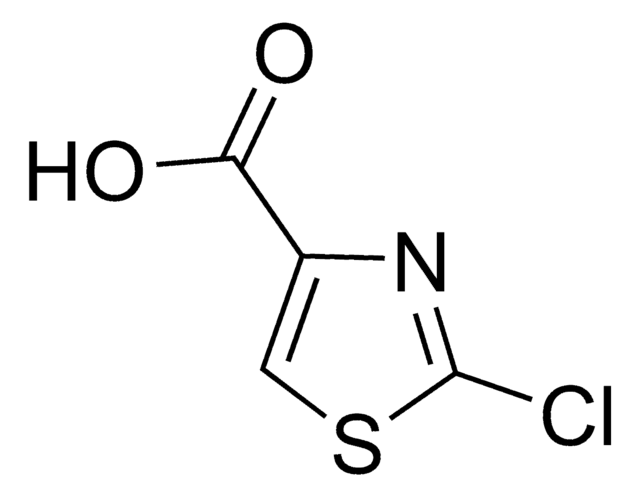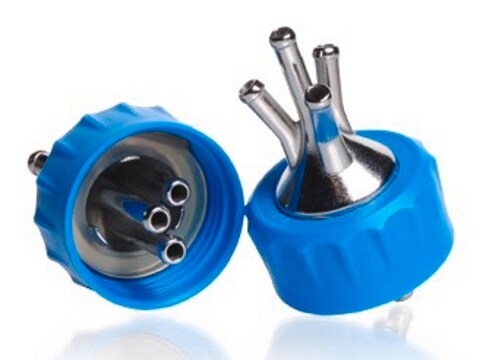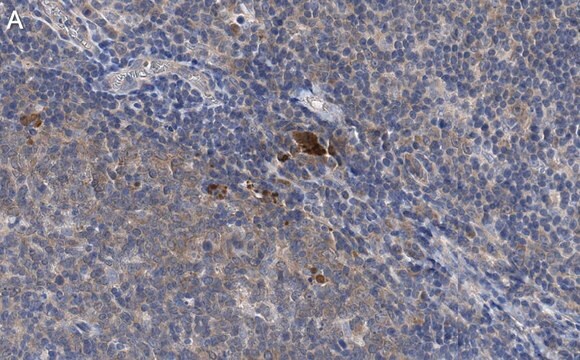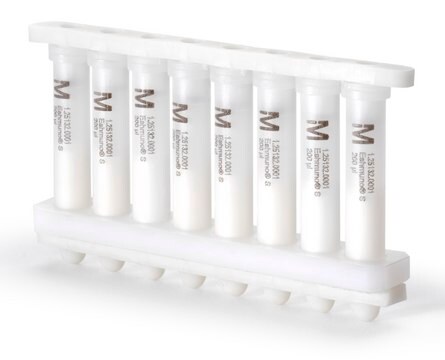MABE636
Przeciwciało przeciwko monometylowi histonu H3 (Lys4), klon RM140
clone RM140, from rabbit
Synonim(y):
Histone H3.3, Histone H3
About This Item
Polecane produkty
pochodzenie biologiczne
rabbit
Poziom jakości
rodzaj przeciwciała
primary antibodies
klon
RM140, monoclonal
reaktywność gatunkowa
human
metody
multiplexing: suitable
western blot: suitable
izotyp
IgG
numer dostępu UniProt
Warunki transportu
wet ice
docelowa modyfikacja potranslacyjna
monomethylation (Lys4)
informacje o genach
human ... H3F3B(3021)
Opis ogólny
Specyficzność
Immunogen
Zastosowanie
Epigenetics & Nuclear Function
Histone Modifying Proteins
Jakość
Western Blotting Analysis (WB): 0.5 μg/mL of this antibody detected monomethyl Histone H3 (Lys4) in HeLa acid extract.
Opis wartości docelowych
Postać fizyczna
Przechowywanie i stabilność
Uwaga: Zmienność temperatur w zamrażarce poniżej -20°C może powodować zamarzanie roztworów zawierających glicerol podczas przechowywania.
Inne uwagi
Oświadczenie o zrzeczeniu się odpowiedzialności
Nie możesz znaleźć właściwego produktu?
Wypróbuj nasz Narzędzie selektora produktów.
Kod klasy składowania
12 - Non Combustible Liquids
Klasa zagrożenia wodnego (WGK)
WGK 2
Temperatura zapłonu (°F)
Not applicable
Temperatura zapłonu (°C)
Not applicable
Certyfikaty analizy (CoA)
Poszukaj Certyfikaty analizy (CoA), wpisując numer partii/serii produktów. Numery serii i partii można znaleźć na etykiecie produktu po słowach „seria” lub „partia”.
Masz już ten produkt?
Dokumenty związane z niedawno zakupionymi produktami zostały zamieszczone w Bibliotece dokumentów.
Nasz zespół naukowców ma doświadczenie we wszystkich obszarach badań, w tym w naukach przyrodniczych, materiałoznawstwie, syntezie chemicznej, chromatografii, analityce i wielu innych dziedzinach.
Skontaktuj się z zespołem ds. pomocy technicznej